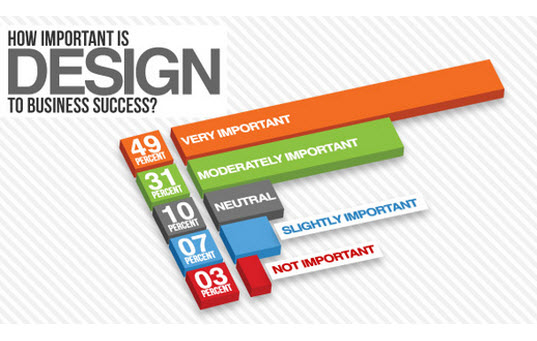Intrigued In Finding Out Just How Internet Site Style Has Developed For Many Years? Check Out The Journey From Straightforward Layouts To User-Centered Methods
Intrigued In Finding Out Just How Internet Site Style Has Developed For Many Years? Check Out The Journey From Straightforward Layouts To User-Centered Methods
Blog Article
Web Content Composed By-Pappas Peters
In the past, websites were simple and concentrated on details. https://www.inc.com/young-entrepreneur-council/how-to-do-digital-marketing-for-real-estate.html was straight, and style was for desktops. Now, user experience is vital. Data overviews layouts for very easy navigation. Receptive designs suit different devices. Today, dark setting minimizes pressure, and minimalist menus boost navigating. Interactive attributes engage individuals, and strong visuals stand apart. AI assimilation increases interaction. See just how style has actually advanced to enhance your on-line trip.
Early Days of Web Design
In the very early days of web design, simplicity reigned supreme. Internet sites were basic, with limited shades, fonts, and designs. The focus got on giving information as opposed to flashy visuals. Users accessed the internet via sluggish dial-up connections, so rate and performance were crucial.
Navigating menus were straightforward, typically situated on top or side of the web page. Web sites were created for home computer, as mobile surfing wasn't yet common. Content was king, and designers prioritized easy readability over complicated style aspects.
HTML was the key coding language utilized, and designers had to work within its constraints. Animations and interactive features were very little contrasted to today's requirements. Sites were static, with little dynamic material or tailored individual experiences.
Rise of User-Focused Layout
With the evolution of web site layout, a shift in the direction of user-focused design concepts has come to be progressively prominent. Today, creating web sites that focus on user experience is essential for involving site visitors and accomplishing organization objectives. User-focused style includes comprehending the needs, choices, and behaviors of your target market to tailor the website's layout, content, and features as necessary.
Developers now carry out complete research, such as user studies and use testing, to gather insights and responses straight from individuals. This data-driven technique assists in producing intuitive navigating, clear calls-to-action, and aesthetically enticing interfaces that reverberate with visitors. By positioning the user at the center of the layout procedure, web sites can supply a much more customized and delightful experience.
Receptive layout has actually likewise emerged as a crucial facet of user-focused style, making certain that internet sites are maximized for different tools and screen dimensions. This versatility improves availability and use, dealing with the varied methods users communicate with websites today. Fundamentally, the increase of user-focused layout signifies a shift in the direction of developing electronic experiences that focus on the requirements and assumptions of the end user.
Modern Trends in Website Design
Discover the most up to date trends shaping website design today. One popular trend is dark mode design, providing a streamlined and modern look while reducing eye pressure in low-light environments. One more crucial pattern is minimal navigating, streamlining menus and enhancing customer experience by focusing on essential elements. Incorporating micro-interactions, such as animated buttons or scrolling impacts, can produce a more interesting and interactive website. Responsive design remains critical, making sure seamless individual experiences throughout various gadgets. In addition, utilizing bold typography and asymmetrical layouts can add aesthetic rate of interest and draw attention to details web content.
Integrating AI modern technology, like chatbots for customer assistance or customized suggestions, improves user interaction and enhances processes. Access has additionally become a significant trend, with developers prioritizing comprehensive layout techniques to satisfy varied user requirements. Accepting sustainability by enhancing site efficiency for speed and effectiveness is another emerging pattern in web design. Teaming up with user feedback and data analytics to repeat and boost design constantly is necessary for remaining relevant in the ever-evolving electronic landscape. By welcoming just click the next document -day trends, you can develop an aesthetically enticing, straightforward internet site that resonates with your target market.
Final thought
As you review the development of site layout from the early days to currently, you can see how user-focused style has come to be the driving pressure behind modern trends.
Accept the journey of adjustment and adjustment in web design, constantly maintaining the customer experience at the forefront.
Tippingpointdigital
Remain current with the most up to date fads and technologies, and never ever quit progressing your strategy to create aesthetically stunning and user-friendly internet sites.
Advance, adapt, and develop - the future of web design is in your hands.
